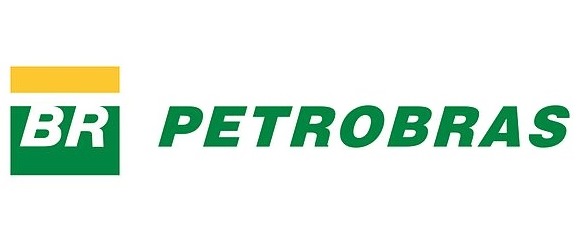The one oil giant that just still keeps the investing public guessing is Petróleo Brasileiro S.A. (NYSE: PBR), or Petrobras. The wonderment here is not really about higher or lower oil prices, as most investors would be considering for traditional oil and gas giants in the Western hemisphere. Petrobras has other fires that it still has to contend with before it can worry about the price of oil, the least of which may be the state-controlled aspect putting common shareholders way down in the capital structure and operating structure.
So, how does one make heads or tails of an earnings report out of Petrobras? The Brazilian oil giant released its report for the first half of 2015 on Thursday evening. This earnings report was said to be reviewed by the company’s independent auditors, and this matters when you consider that Petrobras has been way behind on its audited reports due to scandal. The report also was made in Brazilian reais rather than in dollars, but you can see how destructive the price of oil and how destructive its operating environment has been.
Consolidated net income fell to 531 million reais in the second quarter from 5.33 billion reais in the first quarter. That is down 90%, and it is also similarly down from the 4.959 billion reais profit in the second quarter of 2014.
For the first half, Petrobras’s net income was 5.861 billion reais, down some 43% versus the first half of 2014. Still, the company’s operating income outside of profit sharing, taxes, financial expenses and equity sharing, was 9.487 billion reais in the second quarter of 2015. That compares to 13.335 billion reais in the first quarter of 2015 and compares to 8.848 billion reais in the second quarter of 2015.
Petrobras also reported an adjusted EBITDA of 19.771 billion reais for the second quarter. Here were some of the company’s key events listed in the second quarter report, taken verbatim:
- Lower domestic crude oil and NGL production (2%, 38 thousand barrels/day);
- Higher crude oil exports volumes (44%, 124 thousand barrels/day);
- Domestic oil product production increased (7%, 134 thousand barrels/day) and feedstock processed was higher (6%, 109 thousand barrels/day), maintaining an 86% share of domestic oil used for feedstock processing;
- The Company received R$ 259 million related to insurance proceeds with respect to an incident in Chinook field (U.S.) in 2011;
- The Company received R$ 157 million related to amounts recovered by the Brazilian Public Prosecutor’s Office in the context of the “Lava Jato” (Car Wash) Investigation;
- The Company recognized tax expenses of R$ 3,931 million (including interest paid and after taxes) with respect to the tax on financial operations (Imposto sobre Operações Financeiras – IOF); and
- Impairment losses of R$ 1,283 million were recognized with respect to Gas & Power, Refining, Transportation and Marketing and Exploration and Production assets, attributable to projects removed from the 2015-19 Business and Management Plan investment portfolio.
The bad news for Petrobras is that shares were down 2.3% at $6.34 in New York ADS trading. The good news is that so much bad news has already been factored in here, and shares are way back down yet again after shares tried to recover in the second quarter. Petrobras has a 52-week range for its ADSs of $4.90 to $20.94.
The takeaway here is that this report could have been a lot worse. If Brazil will keep allowing for more exports of Petrobras crude, then outside investors might start to partially forgive the company’s operating structure and capital structure inside of Brazil that puts the common shareholder much worse off than in other Western oil giants.
Another potential boost is that the board of Petrobras has reportedly approved a plan to request regulatory permission to list its fuel distribution unit on the Sao Paulo Stock Exchange. Again, this is a state-controlled entity. That means that unlocking value here may be harder to actually value than in traditional oil giants.
It’s Your Money, Your Future—Own It (sponsor)
Retirement can be daunting, but it doesn’t need to be.
Imagine having an expert in your corner to help you with your financial goals. Someone to help you determine if you’re ahead, behind, or right on track. With SmartAsset, that’s not just a dream—it’s reality. This free tool connects you with pre-screened financial advisors who work in your best interests. It’s quick, it’s easy, so take the leap today and start planning smarter!
Don’t waste another minute; get started right here and help your retirement dreams become a retirement reality.
Thank you for reading! Have some feedback for us?
Contact the 24/7 Wall St. editorial team.




